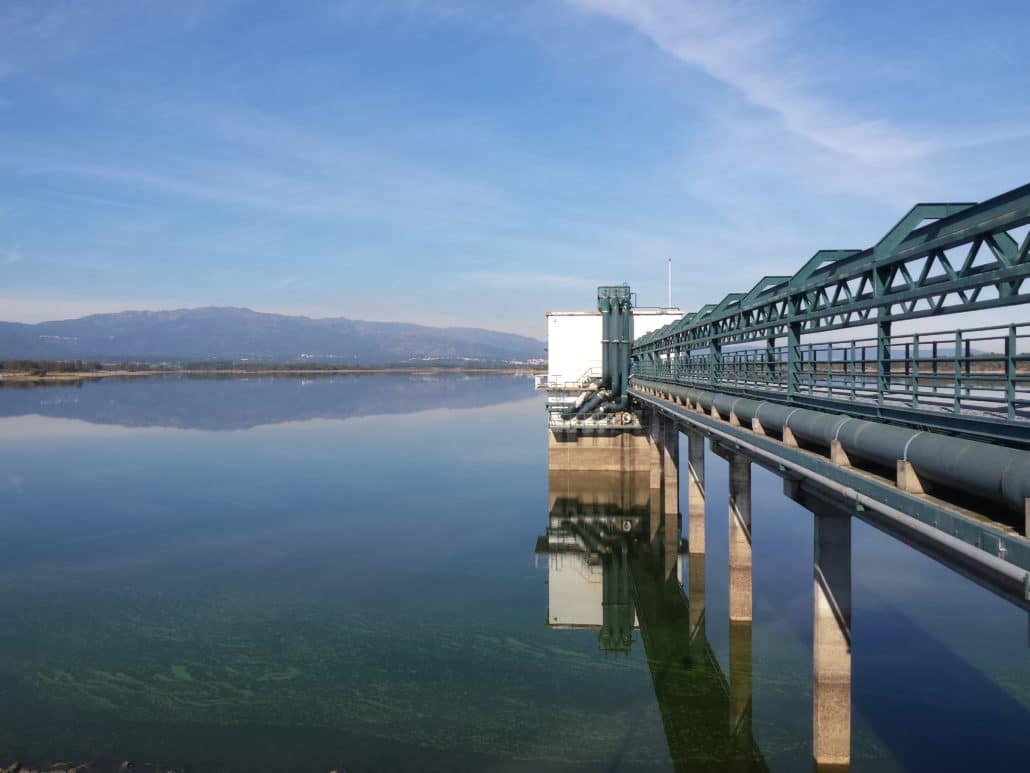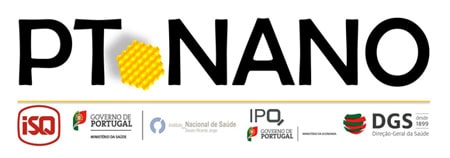More efficient and intelligent water distribution
Pumping systems represent 20% of global energy consumption, and the energy consumption of water distribution systems is mainly dependent on these systems. How can we manage them in order to predict water needs, thus, distribution and storage needs? The answer is given by the LIFE SWSS project.
Pumping systems are present in every industry and in all economic activity sectors, representing nearly 20% of global energy consumption.
They are used to carry fluids in heating and cooling systems, in lubrication, in industrial processes, in propelling power or simply to carry water.
Pumping system can consume up to 90% of the energy expenditure of distribution systems (Grundfos, 2004). In Portugal, the energy costs of this sector represent 60% of operational costs (with the exception of staff expenditure and amortization), including sanitation (Mendes, 2016). Maintenance represents a significant portion of 20% of these costs.
In 2015, the Portuguese water distribution systems represented an energy consumption of 406GWh, representing 0.86% of the energy consumption of the country (Mendes, 2016).
This occurs due to the pumping systems being responsible for the water collection, treatment and transportation to consumers. It is crucial that the operations are carried out safely and efficiently. Only then can a high-water quality and a satisfactory availability be guaranteed, which has an elevated operational cost (IMechE, 2004).
LIFE SWSS project role
Considering the dimension of the consumption, there was a need to improve the efficiency of water distribution systems – with visible economic and environmental profits – thus, the LIFE SWSS project was created. This project aims to create an innovative management and decision-making platform, bearing in mind studies on provisional water consumption, as well as environment conditions.
With this system, it will be possible to accurately predict the water needs for the following hours and improve water distribution and storage operations. This management will allow improved planning, and will balance the water consumption needs with the reservoir capacity and the more favourable period rates.
Apart from guaranteeing an efficiency improvement of energy systems, this project guarantees a higher safety in supplying water to the communities, thus allowing operating regulations suitable for the facilities circumstances, and assuming a predictive maintenance Thus, guaranteeing a performance as close to optimal as possible.
FIRST STAGE COMPLETED WITH SUCCESS
The first stage of the LIFE SWSS project was completed with success. The objective for this stage was to determine the current efficiency state of the three distribution systems (Center, West and Algarve) and adjust, if necessary. As a result, solutions have been provided and are now under consideration for the following investment plans.
This is very important since optimization stages will follow, and a credible reference point is needed with few inefficiencies associated. Only then will it be possible to explore improving the energy efficiency potential for the systems studied.
With this work, the Sustainable Innovation Centre has been acquiring knowledge that will be implemented in services rendered to the industry, under the form of technical consultancy.
Following the interest of these services in the market, ISQ, through the Energy department, has been recently asked to develop energy efficiency evaluations of pumping systems groups. The knowledge
acquired in the investigation projects will be an asset for clients and for the solution portfolio made available by the Group.
RESULTS – LIFE SWSS Project improvements
Through the LIFE SWSS project, 24 national lifting stations are aware of which improvements they need to implement to correct inefficiencies. In some cases, it is possible to account for the energy savings and the annual income.
The first task of the LIFE SWSS project has been concluded and it is possible to evaluate the impact it may have for the 24 national lifting stations. With 30 pumps, annual savings are estimated to be around 27,000 euros.
The objective of this first stage was to detail the operating conditions of each of the 24 national lifting stations, in order to identify the optimal operation points regarding different water flow needs. At the same time, it was possible to identify efficiency improvement opportunities for 65 pumping system groups of these lifting stations, and proposals were made to correct the inefficiency situations detected. These improvement actions were accompanied with cost and return of investment estimates.
The audits done on the 24 lifting stations verified that the efficiency of the pumps was substantially lower than the expected efficiency (difference higher than 10 percentage points), considering the operation conditions. This difference occurred and can be explained due to the pumps being operated on settings different from the optimal operational setting, by the oversize of the system, by the natural abrasion of the equipment and by obstructed valves. To increase the efficiency of the groups improvement measures were proposed for several categories: improve the pumps by replacing the worn components, bearings, isolation, and applying a ceramic casing to minimize attrition load loss; replace the engine with one from a more efficient class; correct the shape and diameter of the propeller; and operate the pumps with less frequency.
Figure 1. illustrates the distribution typology of the improvement measures proposed, the most suggested measures consist in improving the water pumps and replacing the engines.
Of the 65 pumping groups measured, improvement proposals were made for 42. For 30 groups, proposals for energy and economic savings, the cost and return of investment were calculated. In 12 situations, more specific studies were needed to calculate the savings associated with the proposals (illustrated by figure 2.). However, there is evidence that the savings would be promising. The total investment of all of the measures quantified for these 30 groups was 54,000 euros. This investment allows the implementation of measures that annually save 3,111,000 kWH, or 29,900 euros, with a return of investment average of 2 years.
SUCCESSFUL PARTNERSHIP WITH THE ÁGUAS DE PORTUGAL GROUP
The knowledge acquired by ISQ in the energy efficiency in pumping systems sector allowed the institute to strengthen its partnership with the Águas of Portugal Group, particularly with the Innovation and Investigation and Development (ID) board of the AdP Group.
Since 2013, the collaboration with Sustainable Innovation Centre of ISQ has allowed for several Investigation & Development project submissions, having been approved two projects for intelligent systems of operational decision making, namely the Smart Water 4 Energy project, funded by QREN, and the LIFE Smart Water Supply System, funded by the LIFE program.
Due to this, the director of I&D department of the Águas de Portugal Group, Engineer Pedro Póvoa considered a partnership with ISQ to be a win-win situation focusing on the future and energy efficiency. A future with a close relationship where both subsidiaries aim to create exportable products to conquer the water and energy sectors of international markets.
Figure 2. Number of measures proposed with energy and economical quantification.
SUCCESSFUL PARTNERSHIP WITH THE ÁGUAS DE PORTUGAL GROUP
The knowledge acquired by ISQ in the energy efficiency in pumping systems sector allowed the institute to strengthen its partnership with the Águas of Portugal Group, particularly with the Innovation and Investigation and Development (ID) board of the AdP Group.
Since 2013, the collaboration with Sustainable Innovation Centre of ISQ has allowed for several Investigation & Development project submissions, having been approved two projects for intelligent systems of operational decision making, namely the Smart Water 4 Energy project, funded by QREN, and the LIFE Smart Water Supply System, funded by the LIFE program.
Due to this, the director of I&D department of the Águas de Portugal Group, Engineer Pedro Póvoa considered a partnership with ISQ to be a win-win situation focusing on the future and energy efficiency. A future with a close relationship where both subsidiaries aim to create exportable products to conquer the water and energy sectors of international markets.
QUESTIONS & ANSWERS
- What is LIFE SWSS?
LIFE Smart Water Supply System, or SWSS, is a demonstration project financed by the LIFE program. It aims to improve the Water Distribution Systems efficiency. The venture is coordinated by ISQ, partnering with Águas de Portugal (AdP) Group, Instituto Superior Técnico and Hidromod.
- What is the duration and budget for the project?
This project started in 2015 and has a duration of 36 months, with a budget of more than 1,3 million euros, where 800,000 euros were contributed by the community.
- What can be gained with LIFE SWSS?
With the completion of the project, a 15% reduction is expected for energy consumption and greenhouse gas emissions for each of the three systems demonstrated (Center, West and Algarve), as well as the reduction of operational costs of water distribution. An average reduction of 0.8% and 2.6% of water loss is estimated, depending on the system demonstrated. This project aims to implement an inverted pumping system, on a gravitational system.
- In how many stages is the project divided?
The project is divided in the following stages:
» description of the demonstration systems and the current operational conditions;
» implement the SWSS platform (decision making system) in the three demonstrated systems;
» evaluation of the water and energy savings, as consequence of implementing the SWSS platform for the demonstrated systems, guaranteeing a correct verification and validation of the results;
» develop guides to replicate the results on other systems, and lastly, implement the inverted pumping system.
By Ricardo Rato, Sustainable Innovation Centre e Pedro Cardoso, Sustainable Innovation Centre.









